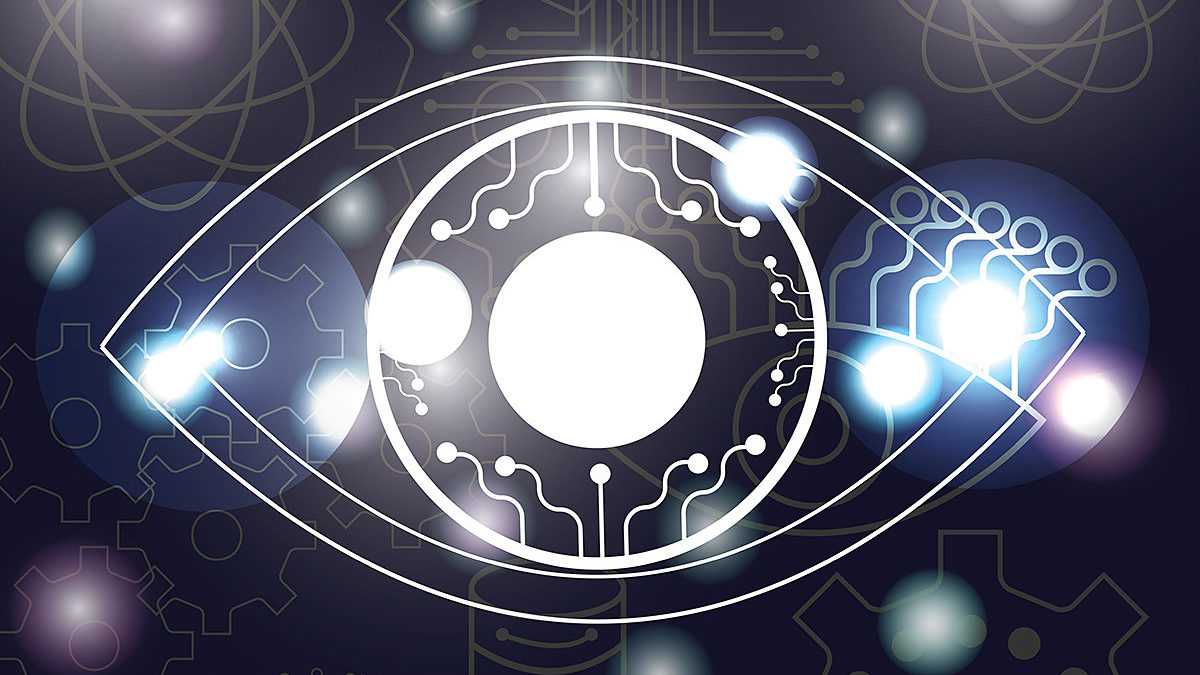The idea that a machine could simulate the human visual system is an old one. As evidenced by the introduction of modern systems that are easily integrated into mobile applications, you’ve come a long way since the first university papers appeared in the 1960s.
Given its wide range of applications and enormous potential, computer vision is one of the hottest subfields of artificial intelligence and machine learning today. Its goal is to duplicate the brain’s incredible vision abilities.
What is computer vision?
The issue it resolves
You are capable of comprehending and describing a scene captured in an image as a human. This entails a lot more than spotting four people in the foreground, one street, and a few cars, as shown in the image below.
Apart from that, you can tell that the people in the foreground are walking and that one of them is barefoot, which is unusual, and you even know who they are. You can safely assume that they are not in danger of being hit by a car and that the white Volkswagen is parked improperly. A human would have no trouble describing their clothes and, in addition to indicating the colour, guessing the material and texture of each outfit.
These are the same abilities that a computer vision system requires. The main problem solved by computer vision can be summarised as follows in a few words:
Identifying the differences between computer vision and related fields
It’s vigorous to understand that computer vision use to achieve far over other fields for example image handling or machine vision, with which a number of features can be shared. Let’s examine the differences between the two fields.
Image handling
Image processing use to focus on converting raw images to complete a desired result. The goal of image processing is usually to improve images or prepare them as input for a specific task, whereas the goal of computer vision is to describe and explain images. Noise discount, distinction, and rotation procedures, perhaps, happen to be common image processing operations which can be performed at the pixel level with not necessitating a multifaceted understanding of what is going on in the image.
Machine vision
This is a specific instance in which computer vision is used to perform certain tasks, usually in production or manufacturing lines. Machine vision systems can aid product manufacturing in the chemical industry by inspecting containers in the line (are they clean, empty, and free of damage?) or ensuring that the final product is properly sealed.
Computer vision
Face recognition (used, for example, by Snapchat to apply filters), detailed image analysis (which allows for visual searches like those performed by Google Images), and biometric identification methods are all examples of problems that computer vision can solve.
Industry usage
Behavioural tracking
Computer vision algorithms combined with store cameras are used by brick-and-mortar retailers to understand who their customers are and how they behave.
Retail
One of the most important technological trends in recent years has been the use of computer vision in the retail sector. You’ll learn about some of the most common use cases in the sections below. This Guide to Retail Innovations Using Machine Learning provides a more detailed description of the potential applications in retail.
Inventory management
There are two major applications for inventory management by computer vision companies. A computer vision algorithm can generate a very accurate estimate of the items available in the store using security camera image analysis.
Manufacturing
Machine failure or the production of defective components are two major issues that can occur on a manufacturing line. As a result, there are delays and significant profit losses.
Categories
Recent Posts
Advertisement


